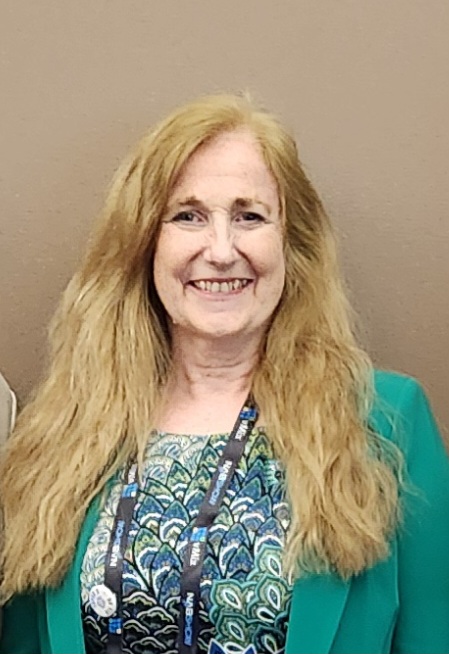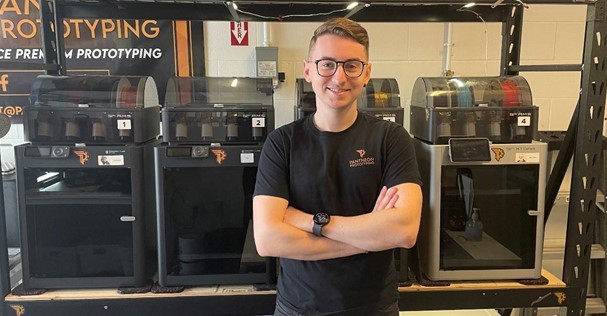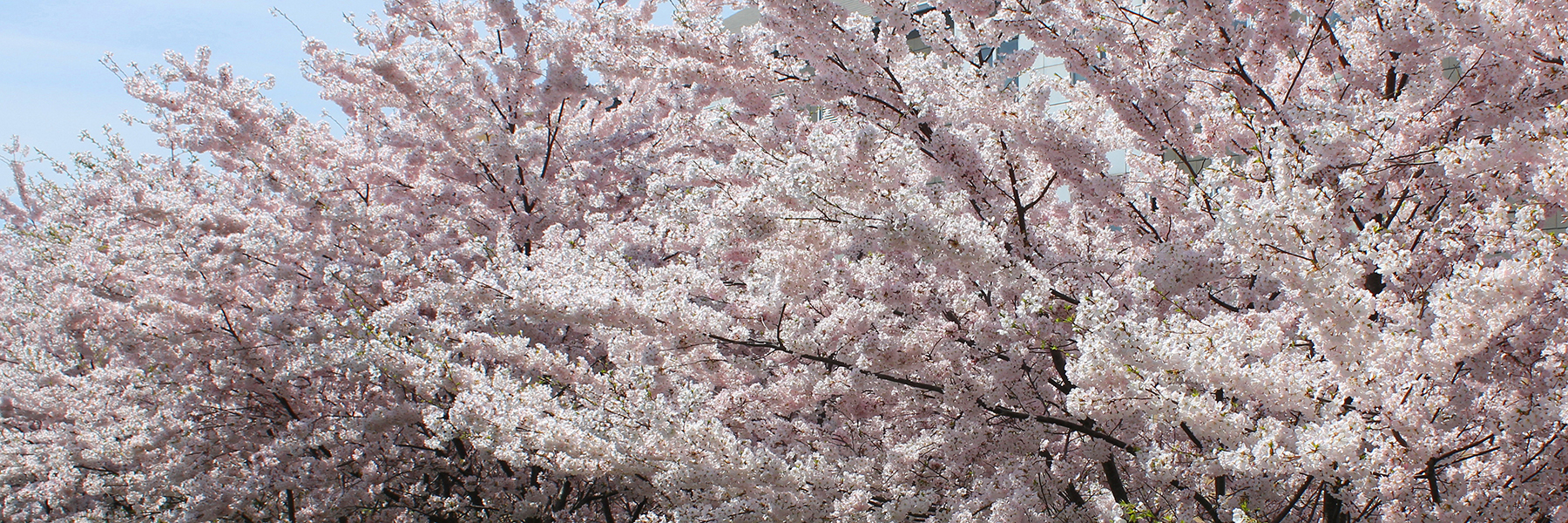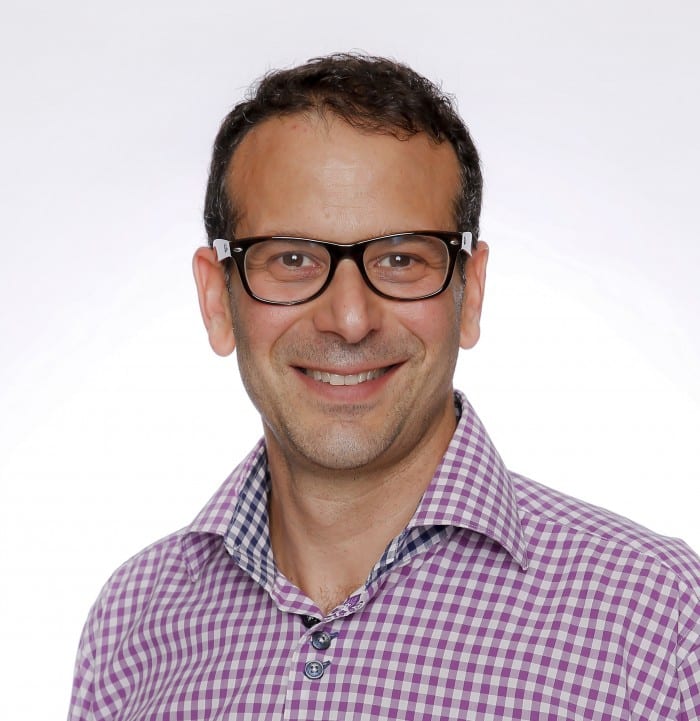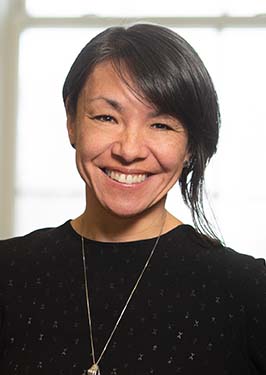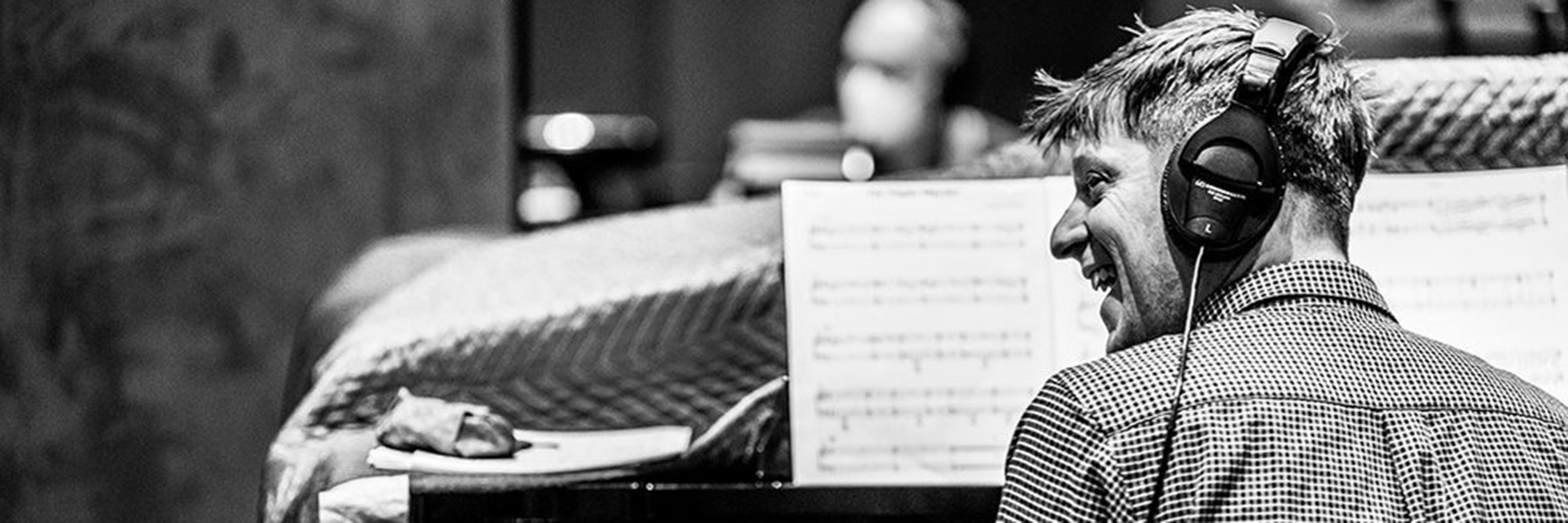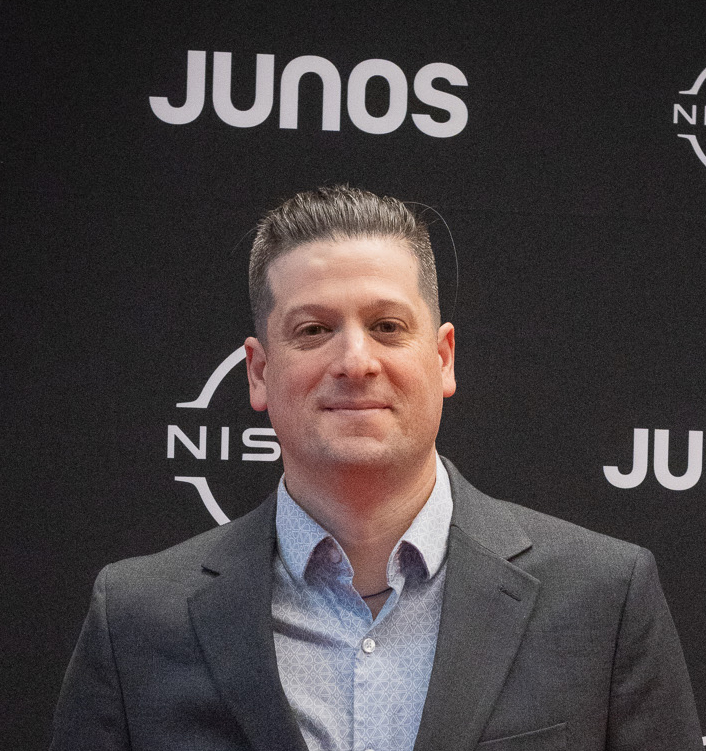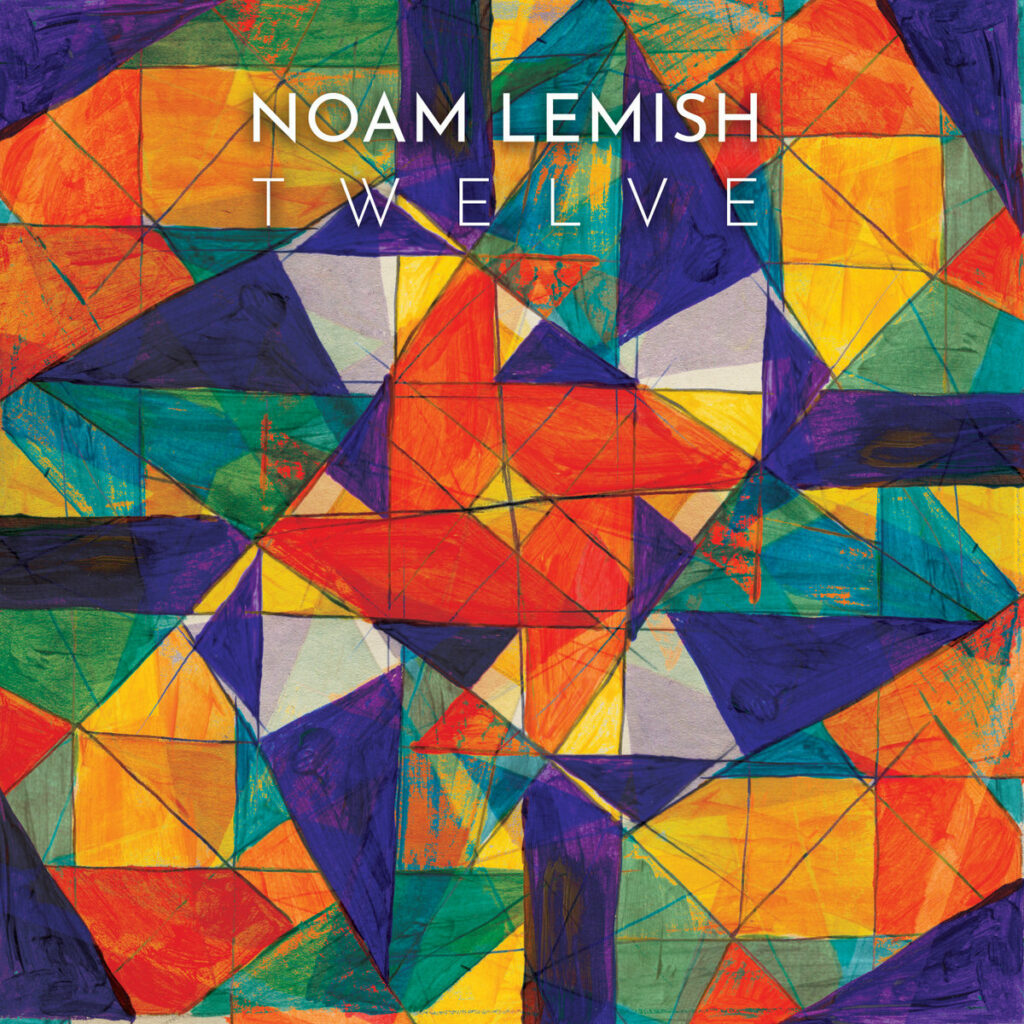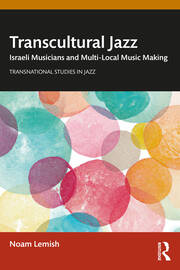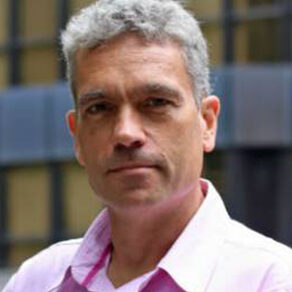Two School of Administrative Studies (SAS) students, and one alumna, took top prizes at the 16th annual Canadian Marketing League (CML) – the largest marketing case competition in the country – which gives passionate marketing students the opportunity to demonstrate and gain real-world business experience.
Formerly known as Canada’s Next Top Ad Exec, CML recently hosted 270 student contenders hailing from 26 universities nationwide. Participants engaged in complex marketing challenges – provided by leading companies such as Microsoft, McDonald’s, Kraft Heinz and Environics Analytics – to win top spots in the competition.
For several years, CML has provided York marketing students an opportunity to excel, succeeding in the competition itself, gain experiential learning, and demonstrating their abilities. “This platform has offered fantastic opportunities,” says Professor Pallavi Sodhi, who dedicated countless hours this year mentoring students in preparation for CML. “For students, it has provided transformative experiences to showcase their marketing skills, determination and passion. Companies have benefited from groundbreaking ideas to address their most challenging business issues and access ready-to-go marketing talent.”
This year, Amanda Volpato, a fourth-year York SAS student majoring in marketing, won the first place, securing the esteemed CML grand prize of $20,000. It marked not just a professional accomplishment but a personal one, too. Seven years ago, Volpato arrived in Canada knowing little English and struggling with mental health challenges. Nonetheless, she persevered to become an up-and-coming – and now award-winning – marketer. “Participating in CML has truly shown me that sticking to a strong work ethic is always worth it. For any international student who is struggling with mental health and may be reading this, don’t give up, there is light at the end of the tunnel,” she says.
In addition to Volpato, other members of SAS also won awards.
The Top CML Alumni award was presented to Jacky Li, a former student and Top 10 CML winner in 2014, who is now a strategy director at renowned creative marketing and communications agency Cossette, and continues to serve as a mentor to numerous students, emphasizing the value of experiential learning.
Nicole Rodrigues, a fourth-year bachelor of commerce student, was also recognized, earning her the second prize of $750 for her role as a campus engagement leader. As one of the 47 campus managers, Rodrigues actively promotes CML at York through information booths and class talks.
These York community members add to an ever-growing catalogue of students and alumni who have earned top prizes at CML – a tradition bound to continue.




